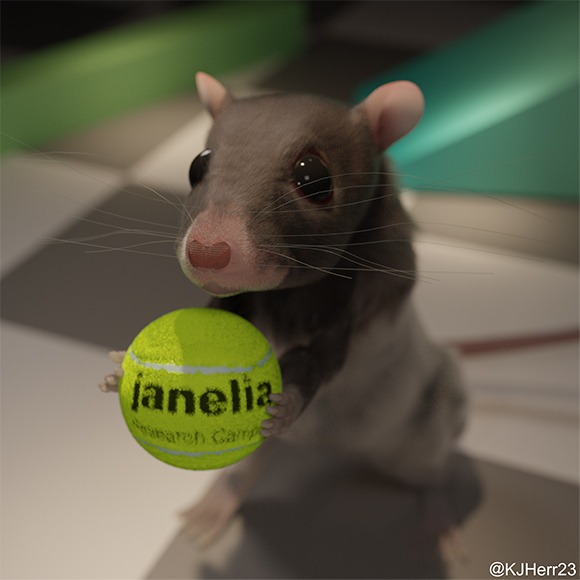Main Menu (Mobile)- Block
- Overview
-
Support Teams
- Overview
- Anatomy and Histology
- Cryo-Electron Microscopy
- Electron Microscopy
- Flow Cytometry
- Gene Targeting and Transgenics
- High Performance Computing
- Immortalized Cell Line Culture
- Integrative Imaging
- Invertebrate Shared Resource
- Janelia Experimental Technology
- Mass Spectrometry
- Media Prep
- Molecular Genomics
- Primary & iPS Cell Culture
- Project Pipeline Support
- Project Technical Resources
- Quantitative Genomics
- Scientific Computing
- Viral Tools
- Vivarium
- Open Science
- You + Janelia
- About Us
Main Menu - Block
- Overview
- Anatomy and Histology
- Cryo-Electron Microscopy
- Electron Microscopy
- Flow Cytometry
- Gene Targeting and Transgenics
- High Performance Computing
- Immortalized Cell Line Culture
- Integrative Imaging
- Invertebrate Shared Resource
- Janelia Experimental Technology
- Mass Spectrometry
- Media Prep
- Molecular Genomics
- Primary & iPS Cell Culture
- Project Pipeline Support
- Project Technical Resources
- Quantitative Genomics
- Scientific Computing
- Viral Tools
- Vivarium

The ability to predict 3D scene dynamics using physics-based reasoning is a hallmark of biological intelligence. To study this cognitive process, we train rodents to play fetch and challenge them to use intuitive physics to predict target trajectories and plan efficient interception paths.
The neural mechanisms underlying general biological intelligence are unknown, representing a central limitation in our understanding of animal behavior and principles of information processing needed to build highly intelligent machines.
A key component of general intelligence is physical scene understanding -- the ability to observe a scene, to parse this scene into component objects, to infer properties of these objects from experience, and to combine this information with internal models of how the world works to generate a probabilistic mental simulation of how this scene will likely unfold over time. The knowledge required to perform this type of computation is called intuitive physics. While the emergence of intuitive physics in developing humans has been well studied, the algorithms involved in acquiring and applying this knowledge are poorly understood. To improve understanding of physics-based reasoning and its implementation in neural circuits, our lab aims to integrate ideas from computational cognitive science, machine learning, neuroethology, and systems neuroscience to study intuitive physics in rodents.
Juvenile rats are easily trained to play fetch in the lab, learning this task in just a few days. We aim to automate fetch training and gameplay and to measure and model how rodents learn and use intuitive physics knowledge to plan efficient interception routes during this game. By presenting rodents with persistently novel trial configurations, we ensure solutions must be computed from internal models rather than through memorization. By quantifying their ability to take shortcuts to moving targets, we aim to model how rodents use information about objects and principles governing their motion to predict the future and plan. Trials will be arranged to characterize rodent understanding of mass, shape, solidity, gravity, momentum, collisions, occlusions, permanence, and other basic intuitive physics concepts. Our lab will use high-speed multi-camera systems to measure fetch gameplay and will apply deep learning models to estimate 3D pose dynamics of rodents and objects in the scene. This data will be reconstructed in a physics engine to model rodent behavior in realistic virtual environments. This system will help us understand how rodents use and update forward and inverse models to predict environmental dynamics and to infer properties of novel objects through observing and interacting with them. While our immediate focus is on measuring and modeling behavior, our longer term goal is to record neural dynamics during gameplay to identify neural representations of object properties, game states, and probable future events.
Get in Touch
We are a new lab hoping to make progress on new and challenging problems in cognitive neuroscience. If you’d like to learn more or are interested in joining our team, please contact Rob directly (johnsonr@janelia.hhmi.org).
